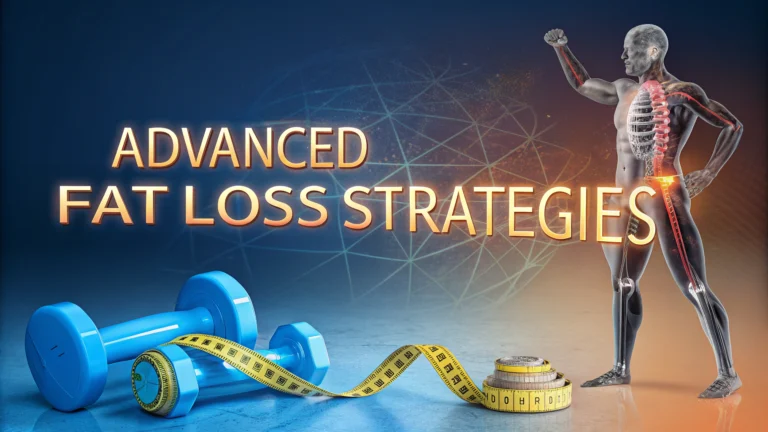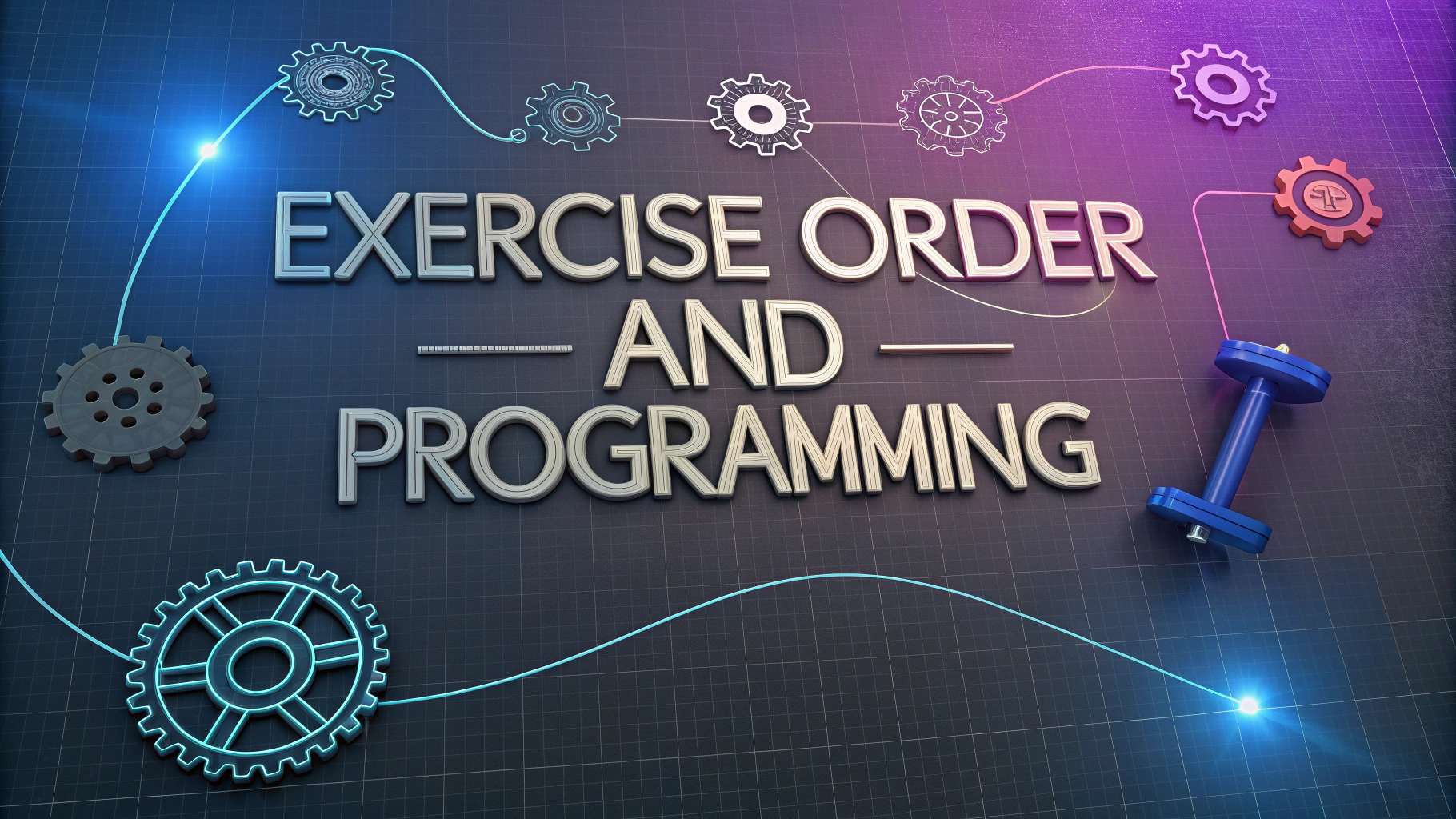Fat loss requires more than just basic diet and exercise – this guide explores advanced strategies that actually work.
Understanding Advanced Fat Loss
Your body adapts to standard weight loss methods over time, necessitating more sophisticated approaches.
Key Components of Advanced Fat Loss:
- Metabolic manipulation
- Hormonal optimization
- Nutrient timing
- Strategic exercise programming
Nutrition Strategies
Carb Cycling
Alternating between high and low carb days helps prevent metabolic slowdown while maintaining performance.
| Day Type | Carb Intake | Best For |
|---|---|---|
| Training Days | 150-200g | Heavy workouts |
| Rest Days | 50-75g | Recovery |
Nutrient Timing
- Eat protein within 30 minutes of waking
- Time carbs around workouts
- Save fats for evening meals
Training Methods
Metabolic Resistance Training
Combine weights with limited rest periods to maximize fat burning and muscle preservation.
Sample Advanced Workout Structure:
- 5-minute dynamic warm-up
- 20 minutes compound exercises
- 15 minutes metabolic circuits
- 10 minutes HIIT finisher
Recovery Optimization
Quality sleep (7-9 hours) directly impacts fat-burning hormones and recovery capacity.
Stress Management Tools:
- Deep breathing exercises
- Regular massage
- Cold exposure (cold showers, ice baths)
Supplementation
These evidence-based supplements can support advanced fat loss efforts:
- Caffeine: 200-400mg pre-workout
- Green Tea Extract: 500-1000mg daily
- L-Carnitine: 2-3g daily
Progress Tracking
Monitor these metrics weekly:
- Body measurements
- Progress photos
- Strength numbers
- Energy levels
Professional Support
Contact certified professionals for personalized guidance:
- National Academy of Sports Medicine (NASM): Find a Trainer
- Academy of Nutrition and Dietetics: Find a Nutritionist
Common Mistakes to Avoid
Training Errors
- Excessive cardio leading to muscle loss
- Not progressively overloading weights
- Insufficient recovery between sessions
Nutrition Pitfalls
- Cutting calories too drastically
- Eliminating healthy fats completely
- Not drinking enough water
Advanced Techniques
Fasting Protocols
Strategic fasting can enhance fat oxidation and cellular repair:
- 16/8 intermittent fasting
- 24-hour fasts once weekly
- Early morning fasted training
Long-term Sustainability
Lifestyle Integration
Build habits that support ongoing fat loss:
- Meal preparation systems
- Social support networks
- Stress management routines
Conclusion
Successful advanced fat loss requires a multi-faceted approach combining strategic nutrition, progressive training, and lifestyle optimization. Focus on consistency with these methods while monitoring progress and adjusting strategies as needed. Remember that sustainable results come from long-term adherence rather than short-term extreme measures.
Key Takeaways:
- Implement changes gradually
- Monitor and adjust strategies
- Prioritize recovery and stress management
- Seek professional guidance when needed
FAQs
- What’s the most effective way to target stubborn body fat?
Create a moderate caloric deficit (500 calories below maintenance), combine high-intensity interval training (HIIT) with strength training, and ensure adequate protein intake (1.6-2.2g per kg of body weight) to preserve muscle mass while losing fat. - Should I do fasted cardio for better fat loss?
While fasted cardio can slightly increase fat oxidation during exercise, total daily fat loss is determined by overall caloric deficit, not exercise timing. Both fed and fasted training can be effective for fat loss. - How much protein should I eat when trying to lose fat?
Consume 1.6-2.2 grams of protein per kilogram of body weight daily to maintain muscle mass during a fat loss phase. For a 70kg person, this means 112-154 grams of protein per day. - Is carb cycling effective for fat loss?
Carb cycling can be effective by strategically timing higher carb days around workouts and lower carb days on rest days, but overall caloric deficit remains the primary driver of fat loss. - What’s the optimal workout frequency for fat loss?
Aim for 3-4 strength training sessions and 2-3 cardio sessions per week, allowing adequate recovery between sessions. Total weekly exercise duration should be 3-6 hours for optimal results. - How can I prevent muscle loss while losing fat?
Maintain high protein intake, continue resistance training, avoid excessive caloric deficits (no more than 500-750 calories below maintenance), and ensure adequate sleep (7-9 hours) for recovery. - What role do hormones play in fat loss?
Hormones like insulin, cortisol, and leptin significantly impact fat storage and loss. Managing stress, getting adequate sleep, and maintaining balanced nutrition helps optimize hormonal environment for fat loss. - Are there supplements that actually help with fat loss?
Evidence-based supplements include caffeine, green tea extract, and protein powder. However, they only provide minimal benefits and cannot replace proper diet and exercise. - How do I break through a fat loss plateau?
Adjust caloric intake, increase exercise intensity, vary workout routine, ensure adequate sleep, and manage stress levels. Sometimes, taking a brief diet break at maintenance calories can help reset metabolism. - What’s the safest rate of fat loss per week?
A safe and sustainable rate of fat loss is 0.5-1% of body weight per week, typically 1-2 pounds for most people. Faster rates may lead to muscle loss and metabolic adaptation.







